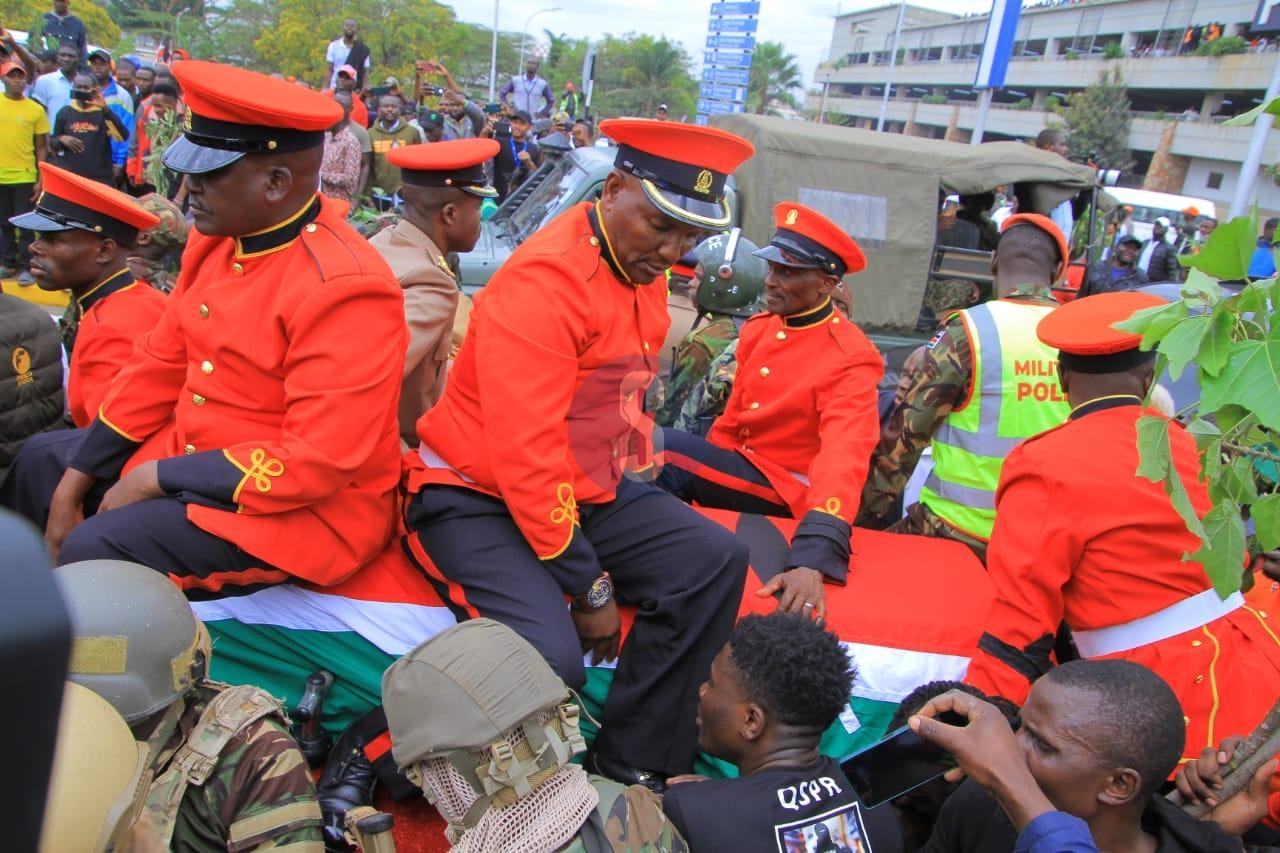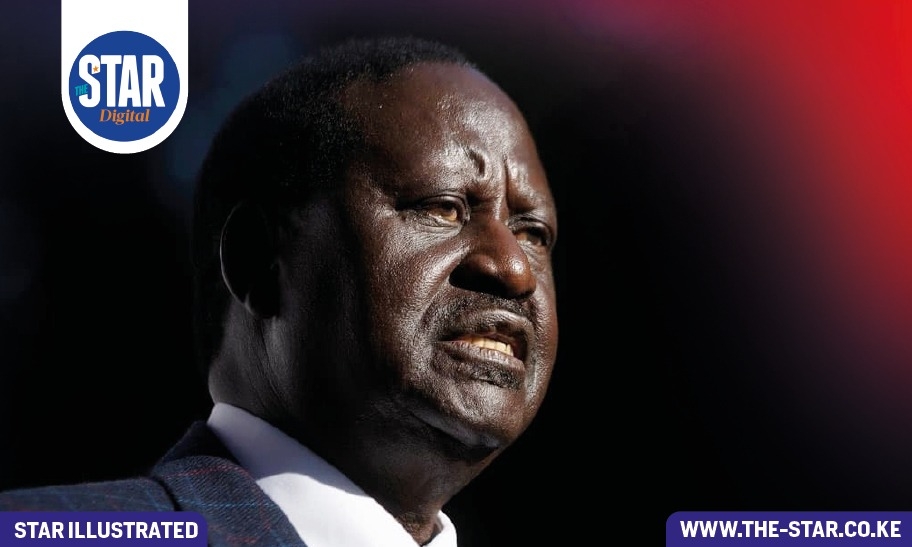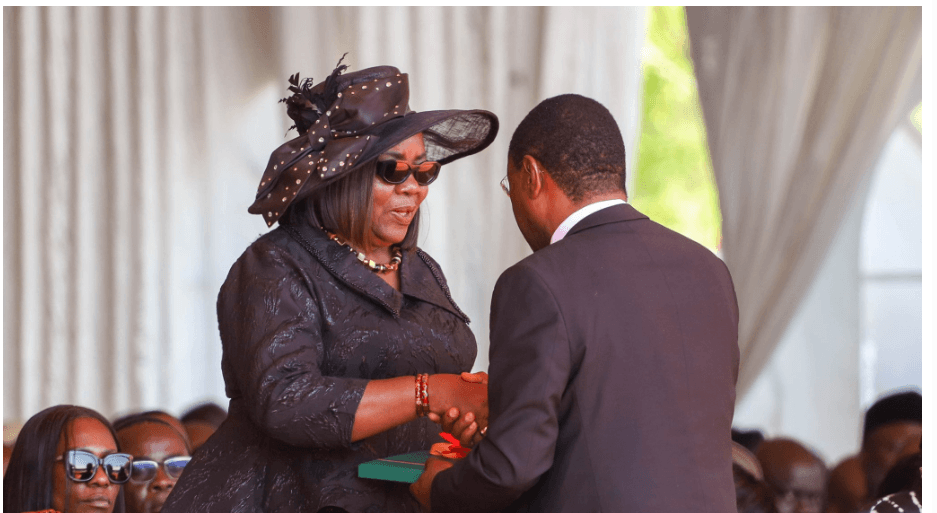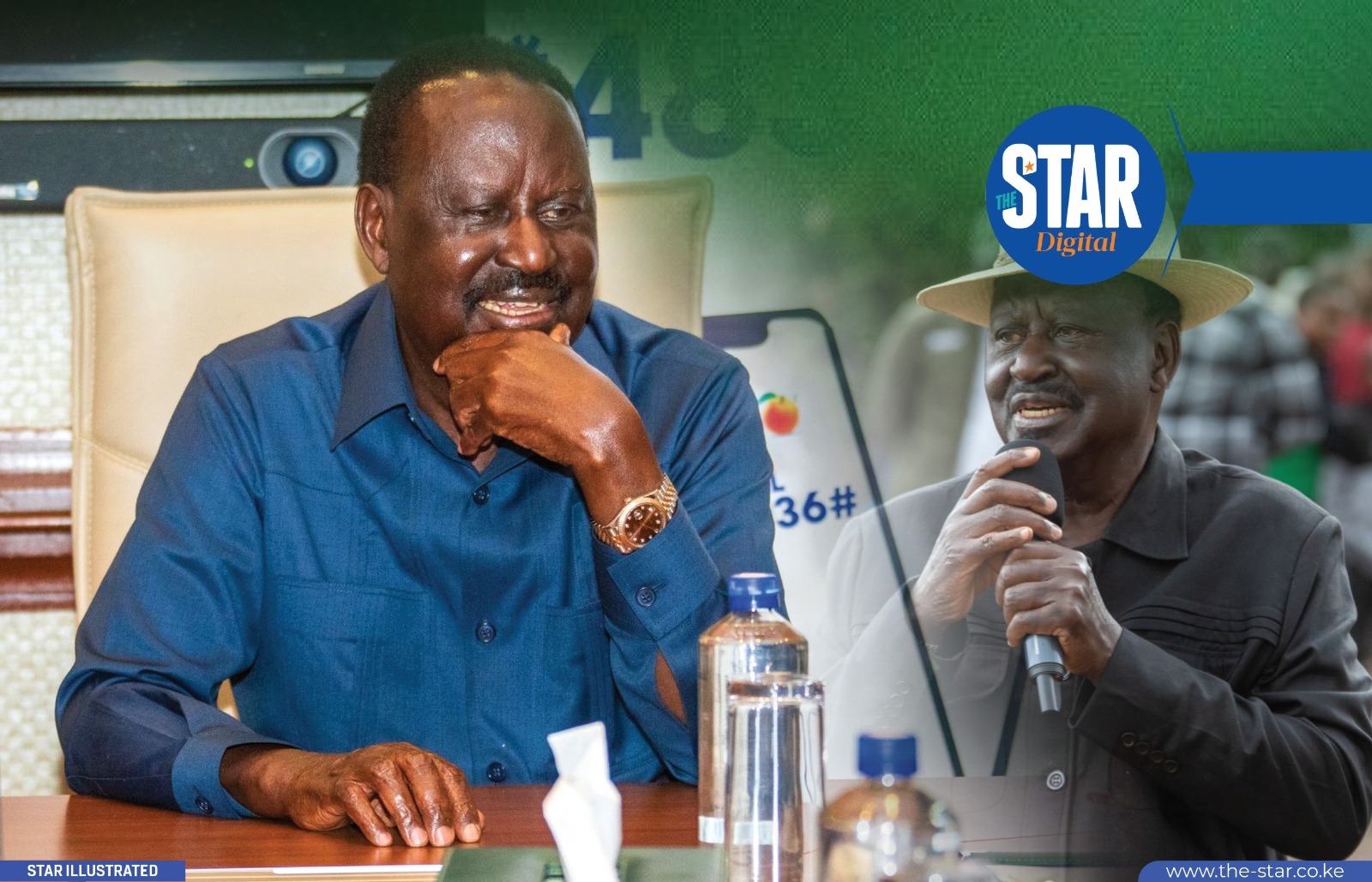
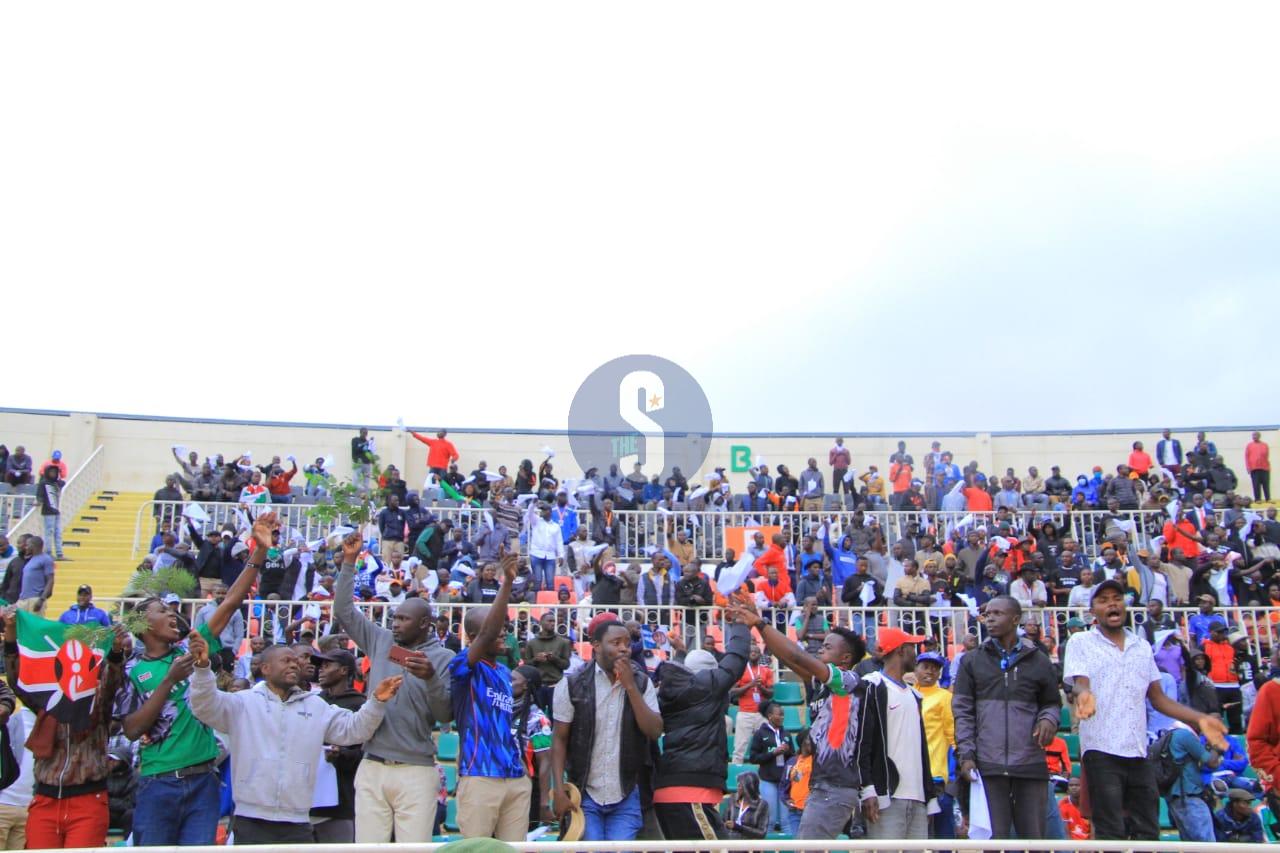
Thousands of security personnel were deployed to ensure safety during the
State Funeral of former Prime Minister Raila Odinga at Nyayo Stadium, Nairobi,
on Friday.
Police said up to 10,000 officers had been
mobilized and deployed in and around the stadium to maintain order.
Nairobi's head of traffic operations, Joseph
Chirchir, announced that roads near the stadium would be closed to enhance
movement and security.
He advised motorists to use alternative routes
from Bunyala Road to the city centre.
The personnel deployed included officers from
the General Service Unit (GSU), the military, and other special units to ensure
that only those arriving by 8 a.m. were allowed into the stadium.
Those who arrived late were turned away and
asked to wait until 3 p.m., when another viewing session would be allowed.
Earlier on Friday morning, Raila’s body was
taken to Parliament, where Members of Parliament and selected dignitaries
viewed it.
The initial plan had been for the body to lie
in state at Parliament, but the arrangement was changed due to crowd trouble.
Many mourners had expressed a wish for the
body to lie in state at Parliament in recognition of Raila’s contribution to
constitutional reforms.
The heightened security followed Thursday’s
chaos at Moi International Sports Centre, Kasarani, which left three people
dead and dozens injured.
Police confirmed that at least three people
died after officers fired gunshots and tear gas to disperse surging crowds.
The chaos erupted when mourners attempted to
breach a VIP area where the body was being prepared for viewing.
Crowds hurled seats and sticks at officers
manning the area, forcing them to open fire.
Other officers at the scene said four people
may have died during the melee.
Drawing lessons from the incident, police
increased personnel for the Friday funeral, which was attended by local and
international dignitaries.
Odinga, a towering figure in Kenya's political
landscape, died in India on Wednesday.
His body arrived at Jomo Kenyatta
International Airport on Thursday morning, where flights were briefly suspended
due to massive crowds.
Mourners accessed restricted areas, prompting
a “precautionary closure” of the airport for about two hours.
From the airport, thousands joined the funeral
motorcade escorting the body to the stadium, about 30 kilometres away.
Due to the overwhelming crowds, the public
viewing was relocated from Parliament to Kasarani Stadium.
At Kasarani, the convoy arrived two hours late
to a packed arena. Minutes later, mourners breached a gate, prompting police to
fire tear gas as panic spread.
After calm was restored, dignitaries and
officials — including President William Ruto — viewed the body before the
public was allowed access for several hours.
Deputy President Kithure Kindiki, chairing the
funeral committee, addressed the press Thursday night but did not comment on
the chaos or casualties.
The state funeral, conducted with full
military honours, allowed the public to pay their respects “for as long as
necessary.”
On Saturday, the body will be flown to Kisumu,
Raila’s political stronghold, before burial on Sunday at his Bondo home in
Siaya County.
The family confirmed it was Raila’s wish to be
buried within 72 hours.
The 80-year-old former prime minister
collapsed during a morning walk in India on Wednesday and was pronounced dead
at Devamatha Hospital in Kochi.
A seven-day national mourning period has been
declared.
Raila
Odinga, who served as Kenya’s first prime minister under the 2010 Constitution,
was a towering figure in the nation’s struggle for democracy, remembered for
his decades of political activism and reform.


